What if people acted like they owned the place? Imagine working in a company where everyone was engaged and acting like they owned the place. They were truly excited and energized by the company's goals and knew how they contributed. What kind of workplace culture would that create?
What if all the people working there—not just the owners or managers—truly understood the marketplace, the competitors, and what it really takes to compete and consistently grow the business?
What if everyone truly grasped how difficult it is to make money and how most profit never ends up in the owner’s wallet?
In short, what if they acted less like employees and more like owners?
Sound impossible? It’s not. Our founding company, SRC Holdings, used these same strategies to turn a dying company into a multi-million dollar, well-oiled machine that still thrives today.
Here are 6 strategies manufacturing companies can incorporate to improve workplace culture:
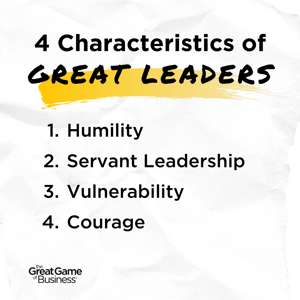
Begin with the right leadership: To build a strong culture, you need leaders who are willing to have humility, a servant leadership mentality, be willing to be vulnerable, and naturally encourage others.
-
Share the why before the how: Don't leave your people wondering why they are doing something. It is well worth the time to stop and educate your team on the why's of business.
-
Open the books and teach the numbers: We get it. Transparency is scary for some people but the more you can run a company with open-book management principles and the more you teach your people the numbers that drive business, the healthier the company and the culture will be.
-
Focus on a common goal: We call this the Critical Number™. The Critical Number defines winning. It rallies people around a common goal and provides a focus on what’s most important and critical to the company’s success. When the Critical Number is correctly identified, targeted, and tied to a reward, the rules of The Game have been set. The Critical Number becomes The Game's focus and a defining feature of your workplace culture.
-
Establish a communication rhythm: Following the progress of a company through a series of Huddles provides a rhythm of communication where everybody is kept informed, involved, and
engaged in the progress of the business.
-
Rewards and recognition: All who directly participate in strengthening the company likely do so because they have some form of a Stake in the Outcome. They come to work to win because they know their work will result in significant reward, recognition, and ownership in the outcome.
How Do you Change Culture in Manufacturing?
The Great Game of Business (GGOB) is a management philosophy and approach that emphasizes transparency, engagement, and ownership among employees in the organization. When applied to the manufacturing industry, it can have a significant impact on the organizational culture in several ways:
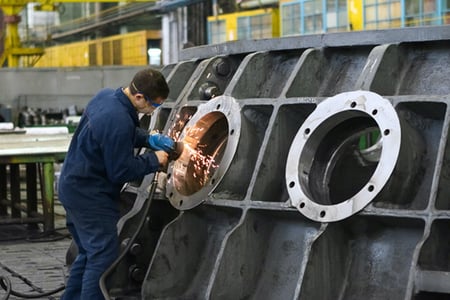
Increased employee engagement and motivation: When you share financial information, set goals and targets, and involve employees in decision-making processes, it increases motivation and employee engagement in manufacturing companies. This transparency and participation can create a sense of ownership and accountability among employees, leading to increased engagement and motivation to perform well.
-
Improved communication and collaboration: The Great Game of Business approach requires regular communication and collaboration among employees, departments, and management. Enhancing communication and feedback in that manufacturing workplace leads to better problem-solving, innovation, and teamwork.
-
Greater focus on continuous improvement: Setting goals and targets and regularly monitoring progress towards these goals can help organizations identify areas for improvement and implement changes to enhance efficiency, productivity, and profitability.
-
Development of a culture of trust and respect: Building a culture of transparency in manufacturing fosters a culture of trust and respect between employees and management and among employees. This can lead to a more positive and supportive work environment where everyone feels valued and respected.
Overall, the practices and principles taught at The Great Game of Business can transform organizational culture in the manufacturing industry. It can improve employee engagement, communication, collaboration, and trust, leading to greater productivity, innovation, and success for the organization.
What are the Best Practices for Building a Positive Workplace Culture in a Manufacturing Environment?
Over 40 years, SRC and The Great Game of Business have lived by 3 principles.
-
Know and Teach the Rules: By focusing on financial transparency and education, involving all our employees in the planning process, and having one common goal (the Critical Number), we have been able to educate everyone in the company on how our company makes money.
-
Follow the Action & Keep Score: If you provide a weekly rhythm of communication, keep scoreboard tracking your progress, and teach everyone to forward forecast your financials instead of looking in the rearview mirror, then you will build an empowered workforce armed with the necessary information to make informed decisions that positively affect the business.
- Provide a Stake in the Outcome: Your workforce will be fully engaged when they see, by your actions, that they will be rewarded for their hard work, whether by recognition, team rewards, or self-funded bonus structures. This is a valuable tool that is many times overlooked by many manufacturing companies.
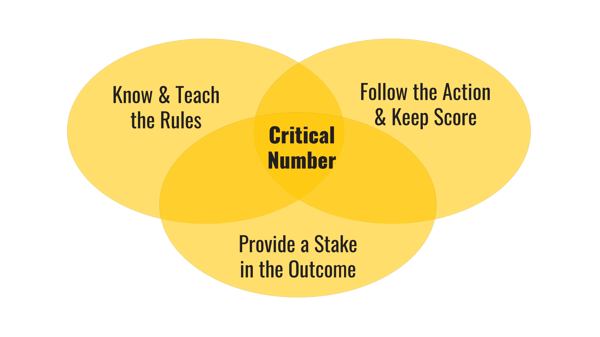
Following these principles with foster a culture of innovation in a manufacturing company.
How Can We Create a Culture of Trust and Transparency in a Manufacturing Workplace?
This goes back to the first of six strategies employers can incorporate to improve workplace culture—Begin with the Right Leadership.
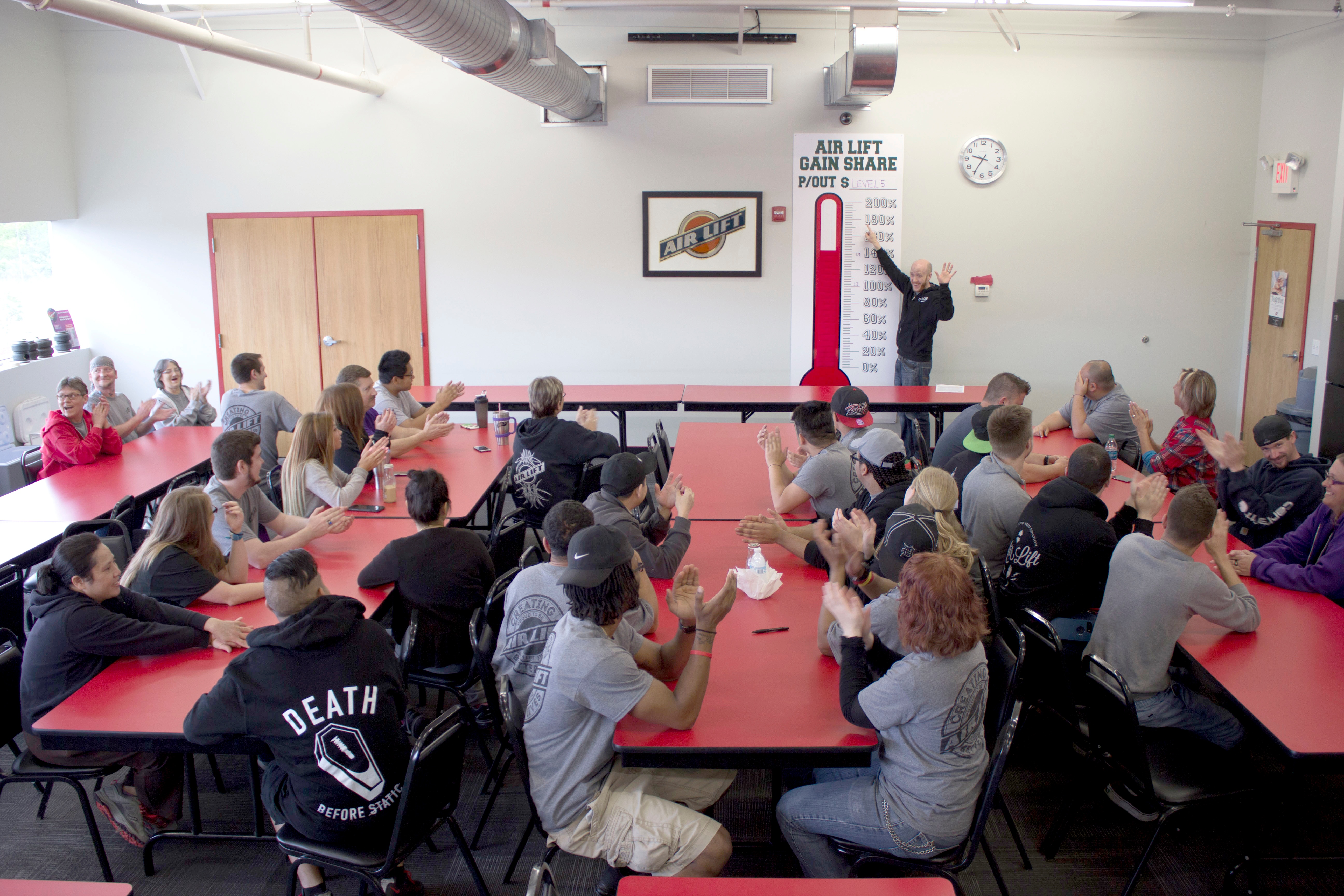 It all begins with a genuine belief in people and in fostering mutual respect and trust. Regardless of how you currently lead, going “open-book” requires you to reflect on not only your style of leadership but also on how you will develop others as your organization grows. Through the years, we’ve identified core beliefs and characteristics shared by the most successful Great Game leaders.
It all begins with a genuine belief in people and in fostering mutual respect and trust. Regardless of how you currently lead, going “open-book” requires you to reflect on not only your style of leadership but also on how you will develop others as your organization grows. Through the years, we’ve identified core beliefs and characteristics shared by the most successful Great Game leaders.
Great Game leaders believe the following:
-
If I don’t inform my people, someone else will.
-
Given the opportunity, people want to learn the business.
-
Provided the education, people can learn the business.
-
Given the trust, people will make the right decisions for the business.
-
Given the respect, people will contribute to the success of the business.
-
People should share in the rewards they help create.
When working with organizations, we always ask, “What characteristics do open-book leaders need to possess?” In all the years of workshops, conferences, and coaching sessions we’ve facilitated, and out of all the traits we’ve captured, we have found four to be common in leaders that were truly successful in an open-book environment.
Great Game leaders share these characteristics:
-
Humility—“I don’t have all the answers.”
-
Vulnerability—“I’m willing to ask for help.”
-
Servant leadership—“I’m focused on the needs of the team and the company, not my own.”
Courage—“I’m ready to open up and release control.”
What are Some Effective Strategies for Building Teamwork and Collaboration in a Manufacturing Workplace?
-
Encourage Open Communication: Establishing an open-door policy where employees can share ideas, opinions, and concerns with management is not enough. You must be deliberate in transparency from all levels of the organization. Doing so will foster trust and collaboration.
-
Create a Positive Work Environment: A workplace that values respect, recognition, and teamwork creates a more positive work environment, which leads to more collaboration and engagement among employees.
-
Promote Teamwork: Team building activities and exercises can effectively promote collaboration and teamwork among employees. This could include group projects or assigning tasks that require different team members to work together to achieve a common goal. At The Great Game of Business, we call these MiniGames™, and they can really change the behavior in a company within 90 days of starting, promoting teamwork and collaboration in manufacturing companies.
-
Provide Training and Development: Providing training and development opportunities to employees can help them acquire new skills, increase their confidence, and feel more comfortable working together in teams. These things provide a clear roadmap for career growth in the manufacturing industry.
-
Establish Common Goals: When team members share a common goal, they are more likely to work collaboratively and support each other to achieve the objective.
-
Embrace Technology: Utilizing collaboration tools such as online platforms for communication and project management can facilitate team communication and information sharing, regardless of physical location.
-
Promote Empathy: Encouraging employees to be empathetic towards each other's unique perspectives and experiences can help create a more inclusive and supportive workplace culture.
How Can We Create a Culture of Innovation and Continuous Improvement in a Manufacturing Workplace?
This goes back to Follow the Action and Keep Score. This principle aims to empower your workforce, so you don't have to be there to make every little decision.
-
Encourage Idea Generation: Encouraging employees to share their ideas and suggestions can lead to innovative solutions and improvements. Establish regular brainstorming sessions or suggestion boxes to collect ideas from all employees. At Great Game, we believe the strategic planning process is not just for leadership. You should ask your frontline employees what they see if working, not working, or needs improving, long before making a plan.
-
Foster a Learning Environment: Providing ongoing learning and development opportunities can increase employee skills, knowledge, and creativity. Encouraging experimentation, prototyping, and trying new things can also stimulate innovation.
-
Set Goals and Measure Progress: Create a culture of accountability in a manufacturing plant by establishing clear goals and objectives. This will provide employees a sense of purpose and direction. Regularly measuring progress towards these goals can help identify areas for improvement and promote continuous improvement.
-
Empower Employees: Giving employees autonomy and decision-making authority can increase motivation and engagement. Empowering employees to take ownership of their work and make decisions about their processes can lead to innovative and efficient solutions.
-
Encourage Collaboration: Collaboration across departments and teams can help identify new opportunities for improvement and innovation. Encouraging cross-functional teams to work together can lead to new ideas and solutions.
- Embrace Technology: Ensuring safety and well-being in a manufacturing workplace culture is paramount. Adopting new technologies and innovative processes can improve efficiency, quality, and safety. Keeping up with new technology developments and trends can lead to new ideas and approaches to manufacturing.
- Celebrate Success: Recognizing and celebrating successes and achievements can create a positive reinforcement culture and encourage continuous improvement.
What are Some Effective Ways to Promote Employee Engagement and Morale in a Manufacturing Setting?
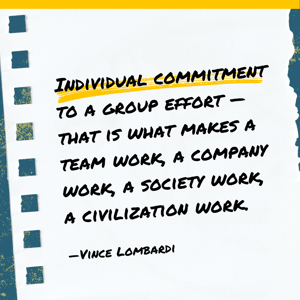
Some of these we have already mentioned, but it's worth saying again:
Recognize and Reward: Recognizing employees for their achievements and hard work can boost morale and motivation. Rewards such as bonuses, incentives, and extra time off can show employees that their contributions are valued.
Establish a Positive Workplace Culture: Creating a positive work environment that is built on trust, respect, and open communication can improve employee engagement and morale. Leaders can model positive behaviors, and promote a culture of teamwork and collaboration.
Encourage Employee Feedback: Encouraging employees to provide feedback on their work processes, environment, and management can improve engagement and morale. This can include regular employee surveys, suggestion boxes, and open-door policies.
Offer Development Opportunities: Providing development opportunities, such as training and coaching, can demonstrate a company's investment in employee growth and career progression. This can increase engagement and motivation and improve employee retention.
Promote Work-Life Balance: Providing flexibility in work schedules and allowing for time off can promote a healthy work-life balance, which can lead to increased engagement and improved morale.
Ensure Fairness and Transparency: Ensuring fairness in policies and procedures and transparent communication can build trust and engagement among employees.
Provide Resources for Employee Well-being: Providing resources such as mental health support, financial planning, and wellness programs can improve employee well-being and increase engagement and morale.
What are Some Ways to Foster Diversity and Inclusion in a Manufacturing Workplace Culture?
Promoting diversity and inclusion is important for several reasons. Firstly, it's the right thing to do as everyone deserves to be treated with dignity and respect, regardless of their background or identity. Embracing diversity and inclusion can help individuals grow as a person and learn about different cultures, experiences, and perspectives. A diverse and inclusive team can lead to better decision-making, more innovative solutions, and improved outcomes. In addition, promoting diversity and inclusion can improve employee engagement and productivity, leading to better performance and business results.
Companies that prioritize diversity and inclusion are more attractive to a diverse pool of talent, which can help them attract and retain top performers and create a more engaged and productive workforce. Lastly, promoting diversity and inclusion can help companies understand and meet the needs of a diverse customer base, leading to increased customer loyalty and revenue. Ultimately, promoting diversity and inclusion is a matter of fairness, equity, and social responsibility and can benefit both individuals and organizations.
Here are some ways to foster diversity and inclusion in a manufacturing workplace culture:
-
Develop an Inclusive Culture: Companies can foster diversity and inclusion by developing an inclusive culture that values and respects differences in backgrounds, experiences, and perspectives. Leaders can promote inclusion by encouraging open communication, diverse perspectives, and respect for all employees.
-
Establish Diversity and Inclusion Initiatives: Companies can establish diversity and inclusion initiatives, such as affinity groups or diversity training programs, to promote awareness and understanding of different backgrounds and experiences.
-
Create a Safe and Respectful Work Environment: Companies can ensure a safe and respectful work environment by addressing discriminatory behaviors or remarks, providing equal opportunities for all employees, and promoting a culture of respect.
-
Promote Diverse Hiring Practices: Companies can promote diverse hiring practices by using job boards and recruitment strategies that reach diverse talent pools, ensuring job descriptions are inclusive, and providing equal opportunities for all candidates.
-
Provide Professional Development and Mentorship: Companies can provide professional development opportunities and mentorship programs to underrepresented employees to help them succeed and advance in their careers.
-
Encourage Employee Feedback: Companies can encourage employee feedback on diversity and inclusion initiatives to ensure they are effective and identify improvement areas.
-
Measure Diversity and Inclusion: Companies can measure their progress on diversity and inclusion by tracking metrics such as diversity in hiring, employee satisfaction, and turnover rates and using these metrics to make data-driven decisions.
You're probably beginning to see a pattern. If you really boil it down it takes education, empowerment, and engagement to have a great manufacturing workplace culture.

.png)




 It all begins with a genuine belief in people and in fostering mutual respect and trust. Regardless of how you currently lead, going “open-book” requires you to reflect on not only your style of leadership but also on how you will develop others as your organization grows. Through the years, we’ve identified core beliefs and characteristics shared by the most successful Great Game leaders.
It all begins with a genuine belief in people and in fostering mutual respect and trust. Regardless of how you currently lead, going “open-book” requires you to reflect on not only your style of leadership but also on how you will develop others as your organization grows. Through the years, we’ve identified core beliefs and characteristics shared by the most successful Great Game leaders.

